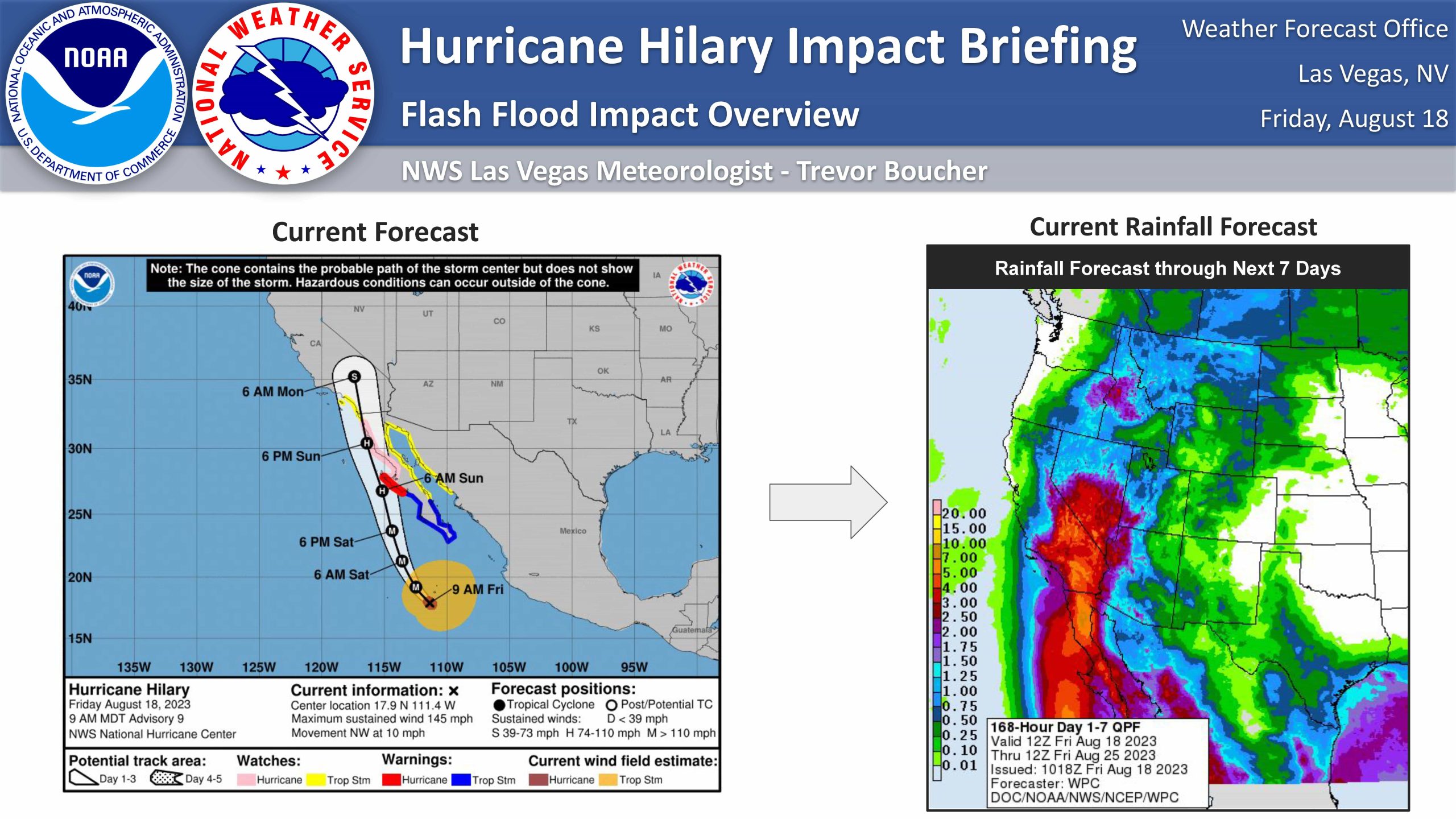View this post on Instagram
California is currently in the grip of severe flash flooding, especially impacting the region of Los Angeles. According to the National Weather Service, the situation is evolving into a “DANGEROUS AND LIFE-THREATENING FLASH FLOODING SITUATION” stretching from Point Mugu, through Thousand Oaks, to the Woodland Hills area, and across the mountains of Los Angeles County. 16 million residents from Southern California northward to Idaho are affected by flood warnings that were expected to last until 3 am PT Monday. The last time a tropical storm hit California was in 1939, 84 years ago.
A state of emergency has been declared by California’s governor Gavin Newsom, with President Biden ordering federal agencies to move personnel and supplies to the area.

Locations vulnerable to flooding include Thousand Oaks, Malibu, Lake Los Angeles, Burbank, Pasadena, North Hollywood, Griffith Park, Santa Clarita, Universal City, Van Nuys, Lancaster, Hollywood, Alhambra, Northridge, Downtown Los Angeles, and Beverly Hills, among others. Hilary could strike other Western states beyond California, including Nevada, Oregon, and Idaho.
About 6.15 inches of rain has fallen in Los Angeles. 10.5 inches fell in Raywood Flat in the San Bernardino National Forest. Palmdale, north of Los Angeles, had its highest all-time daily rainfall with 3.57 inches. Palm Springs received 2.82 inches, marking the city’s highest daily rainfall for summer and for August. San Diego got 1.81 inches, its highest-ever daily August rainfall, and Bristlecone, Nevada, near Las Vegas, got more than 6 inches within 24 hours, breaking the record for a tropical cyclone or remnant traveling through Nevada.
View this post on Instagram
In the midst of this natural disaster, Los Angeles Unified School District, the nation’s second-largest school district, announced its decision to close schools on Monday. Alberto Carvalho, the LAUSD Superintendent, emphasized the importance of student and staff safety, especially given the challenges of assessing the safety of school buildings and road conditions during the flooding. This closure impacts a vast 700-square-mile area, meaning the level of impact will differ across neighborhoods. Following suit, both Pasadena Unified School District and San Diego Unified School District announced closures on Monday, urging people to prioritize safety and avoid unnecessary travel.
The devastating conditions are attributed to Tropical Storm Hilary, which has been unleashing its fury on Southern California, causing widespread chaos. The storm had previously made landfall in Mexico after weakening from a hurricane and has traveled up the West Coast.
View this post on Instagram
Reports have confirmed the challenges being faced:
– Roads in Spanish Hills are inundated, with cars stranded. Swift water rescues are being conducted by the fire department.
– Significant power outages are affecting the region, with approximately 65,000 homes currently without electricity. Utility companies are urging residents to steer clear of any downed power lines.
– Palm Springs has reported an outage of its 911 emergency phone system, a critical issue during such crises.
– Emergency services were activated in San Diego, where over a dozen people were rescued from a riverbed amidst intense flooding.
Death Valley National Park, Joshua Tree National Park, Mojave National Preserve, and Manzanar National Historic Site are all closed to the public due to flooding. Death Valley National Park received 1 inch of rain by mid-day Sunday, causing flash floods, with one to three more inches of rainfall predicted over Sunday night. The park’s average annual rainfall is 2.2″. California Highway 190 is also closed. Park rangers are reminding travelers to “Turn around, don’t drown.” A Flash Flood Watch has been issued for Joshua Tree National Park Starting August 19th at 11 am until August 21st at 5 pm.
Three Inyo County highways are closed due to flooding. State Route 178 into Death Valley National Park, State Route 190 from Olancha to Death Valley Junction, and State Route 136 from Lone Pine to the junction of State Route 190. Caltrans District 9 crews are working through the weekend to reopen these roads.
View this post on Instagram
Furthermore, in a challenging twist, Ventura County also experienced a magnitude 5.1 earthquake as residents were already grappling with the storm.
With such catastrophic conditions, it’s imperative for residents to heed the advice and warnings of local authorities and emergency services, prioritizing safety above all. As the situation unfolds, it’s hoped that the resilience and community spirit of Californians will shine through, helping them weather this storm as they have many challenges in the past.